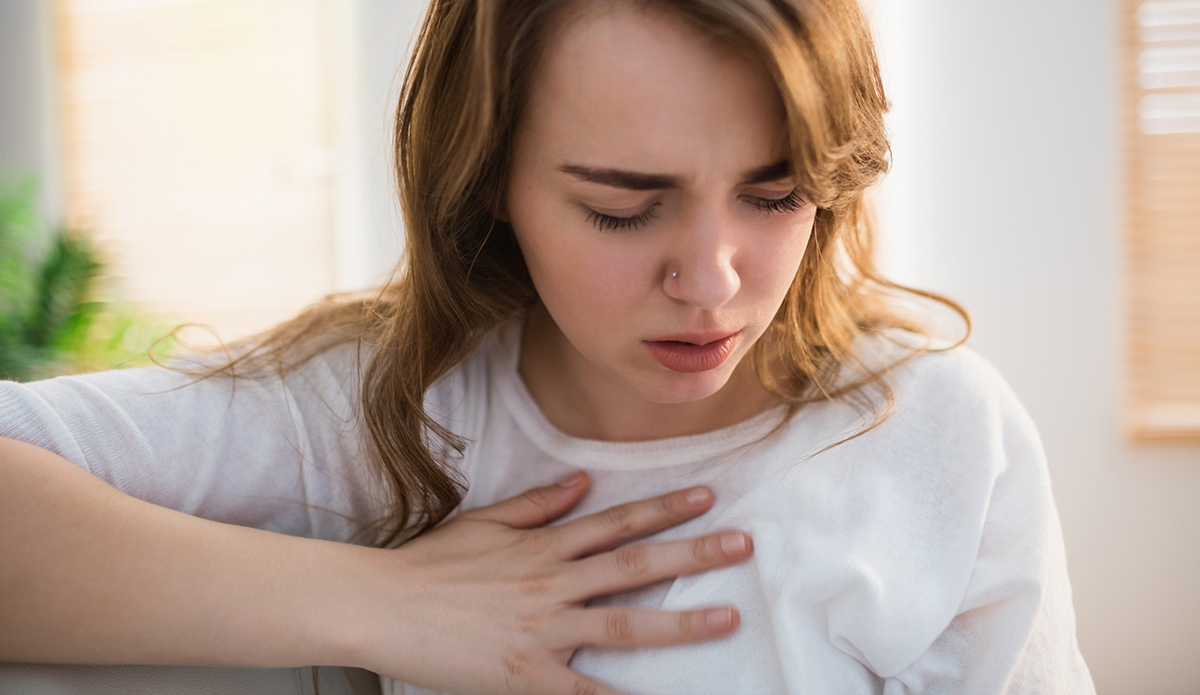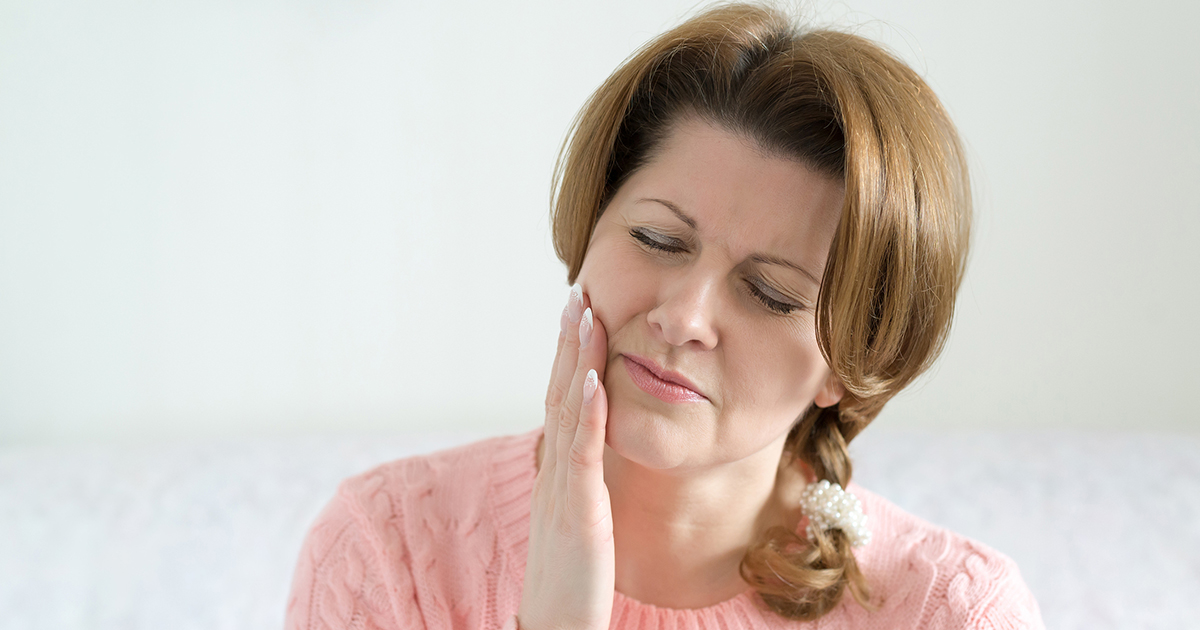Heart Attack Warning Signs In Women
When most individuals - both men and women - think of a heart attack, they tend to think of shooting pain in the chest that causes a person to clutch their chest and fall to the floor. While this does indicate a heart attack, it is more common to see this type in men. The signs of a heart attack present themselves differently in women. Furthermore, because not many understand that the symptoms are different, women are more likely to suffer permanent damage or death from a heart attack than men. Women are also less likely to see treatment than men for a variety of reasons, including taking care of others instead or downplaying the symptoms. Thus, it is critical to understand the warning signs of a heart attack in women.
Discomfort In The Chest

Yes, women can also experience chest pain as a sign of a heart attack. However, chest pain may also appear as chest discomfort in women, as it may not be sharp pain and may feel like an uncomfortable amount of pressure, squeezing, or a feeling of fullness in the center of the chest. The chest discomfort will either last for longer than a few minutes or go away and return relatively quickly (e.g., brief discomfort one day followed by further discomfort a month later is not a heart attack). Women should also note their chest discomfort can be mild and may not be sudden.
Pain In Jaw, Neck, Arm, Or Back

Pain is the body’s way of telling you something is wrong. When it comes to pain indicating a heart attack for women, it is important to note a problem with the heart may trigger nerves in the immediate area, but the pain may be felt elsewhere. Specifically, pain in the jaw, neck, arms, or back may signal a heart attack, especially if it is hard to determine the specific origin, such as if no particular muscle is aching. Other signs that indicate a heart attack include sudden pain not caused by exertion, especially if it causes women to wake up at night, and pain specific to the lower left side of the jaw. Women should also note they can experience pain in either arm, not just the left like most men. Finally, lower or upper back pain often starts in the chest and spreads to these areas, so be aware of this.
